Using limecrete to create the main slab maintains the breathability of the soil underneath and prevents moisture from being forced up and around an otherwise concrete slab, into the walls.
However limecrete has a few drawbacks in relation to cost and labour. It is not available to be delivered by cement truck; this means it all has to be mixed manually, barrow after barrow, which is very labour intensive. It's also a more expensive mix than tradition concrete.
The mixer and tonne bags of sand below:
25kg bags of hydraulic lime:
The front room complete:
Under the archway to the adjoining rear room, the kitchen:
Front room entrance from the hallway with a heater to keep the temperate higher (approx 5 Celsius outside):
Limecrete laid by the front door to get the initial level:
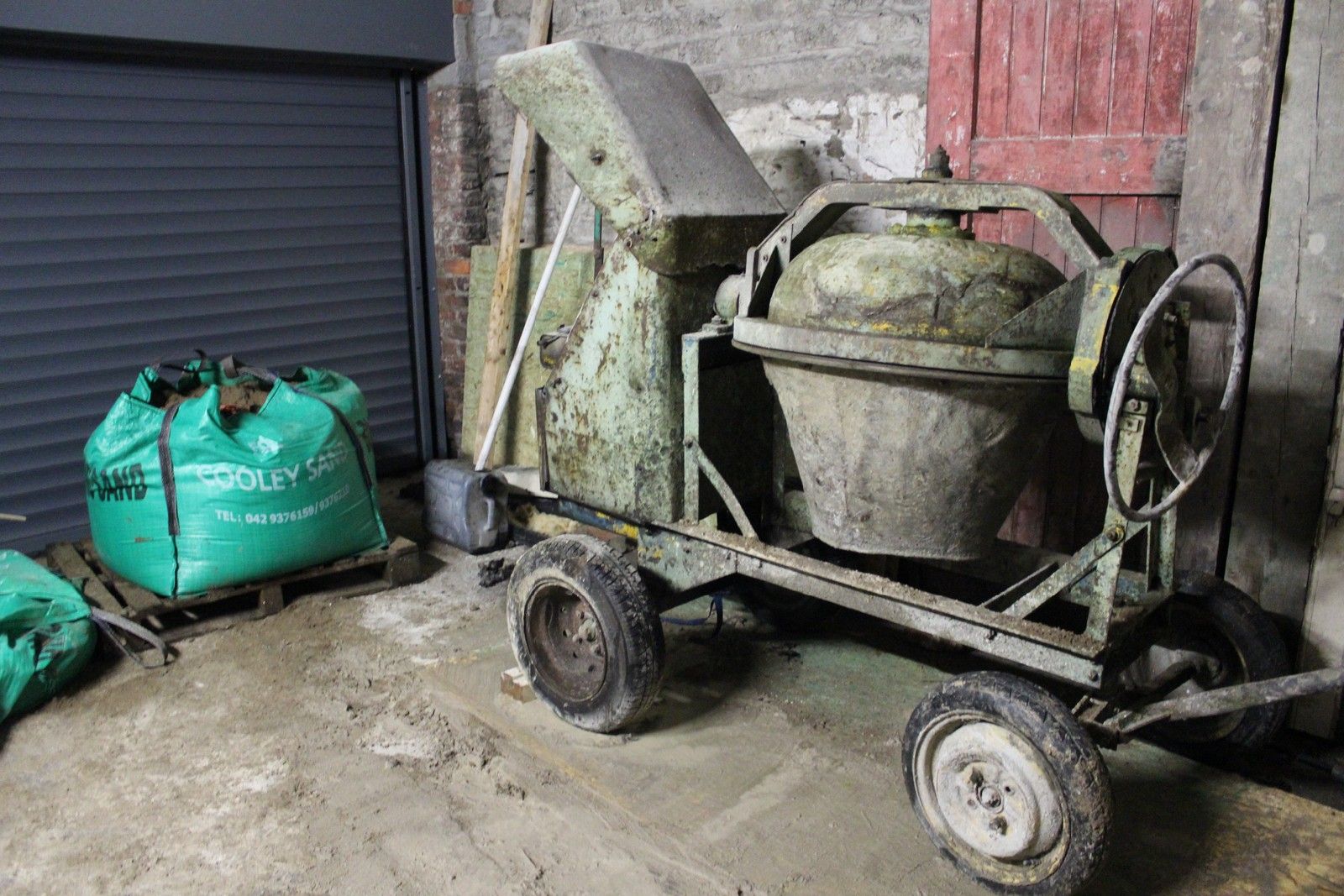
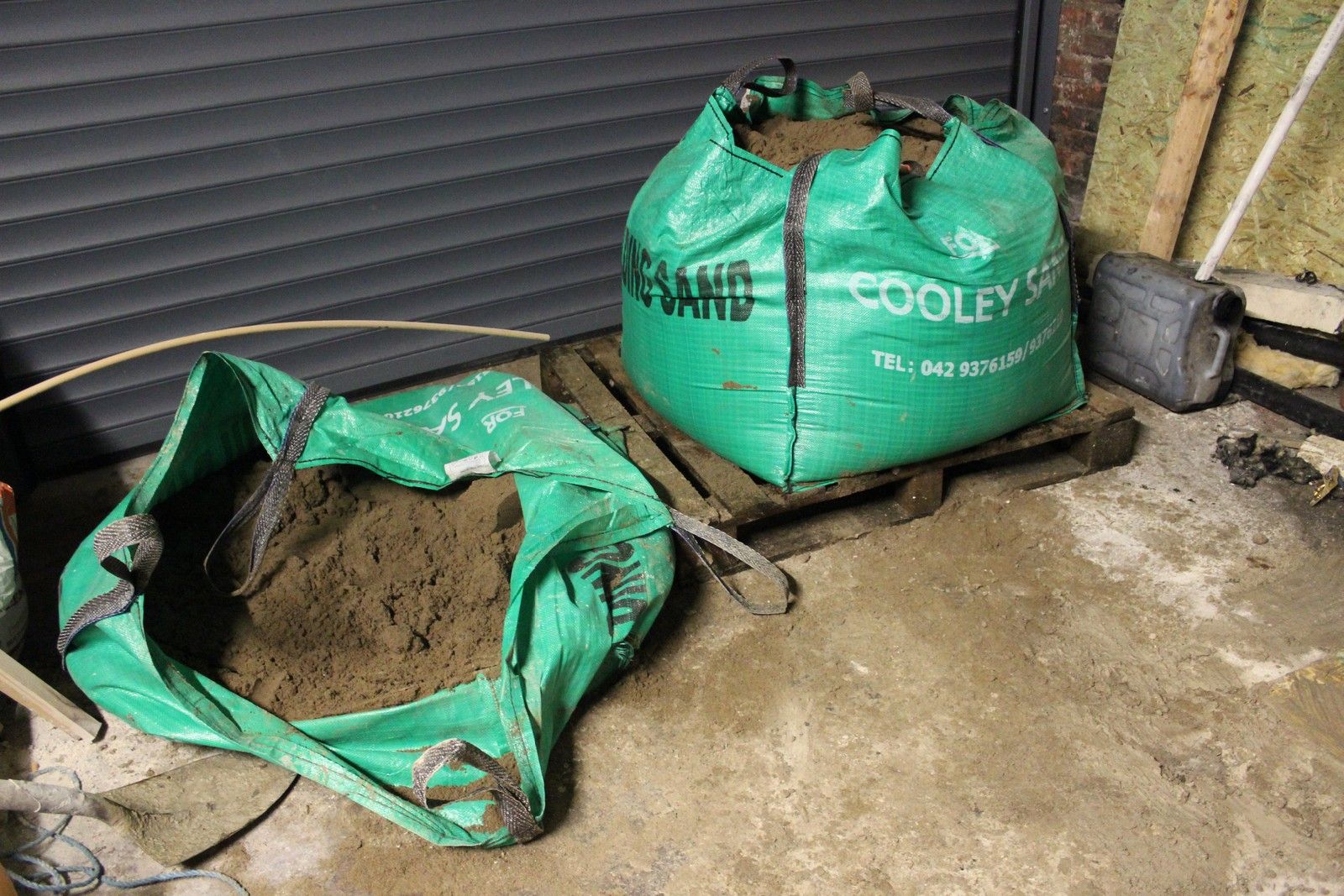
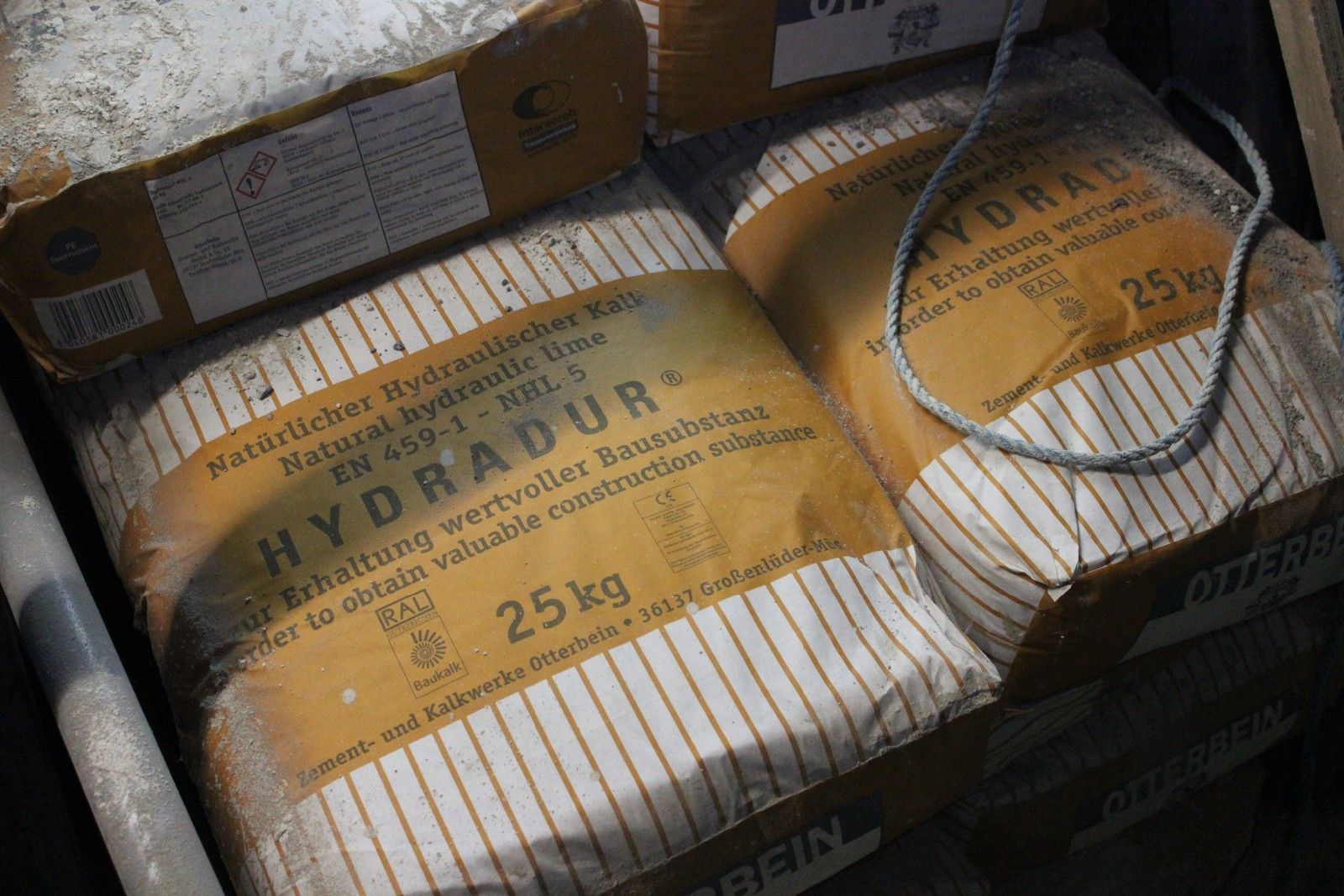
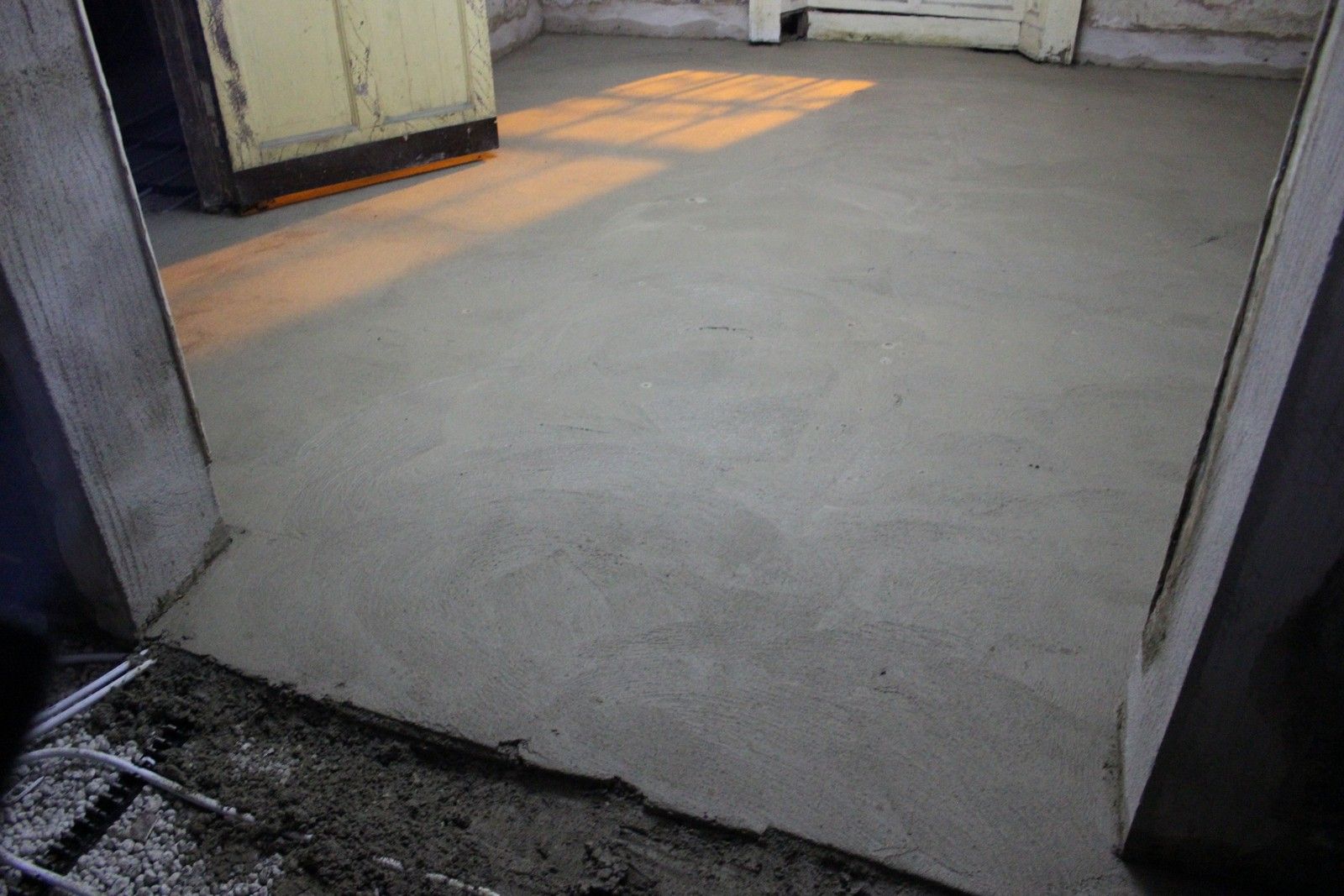
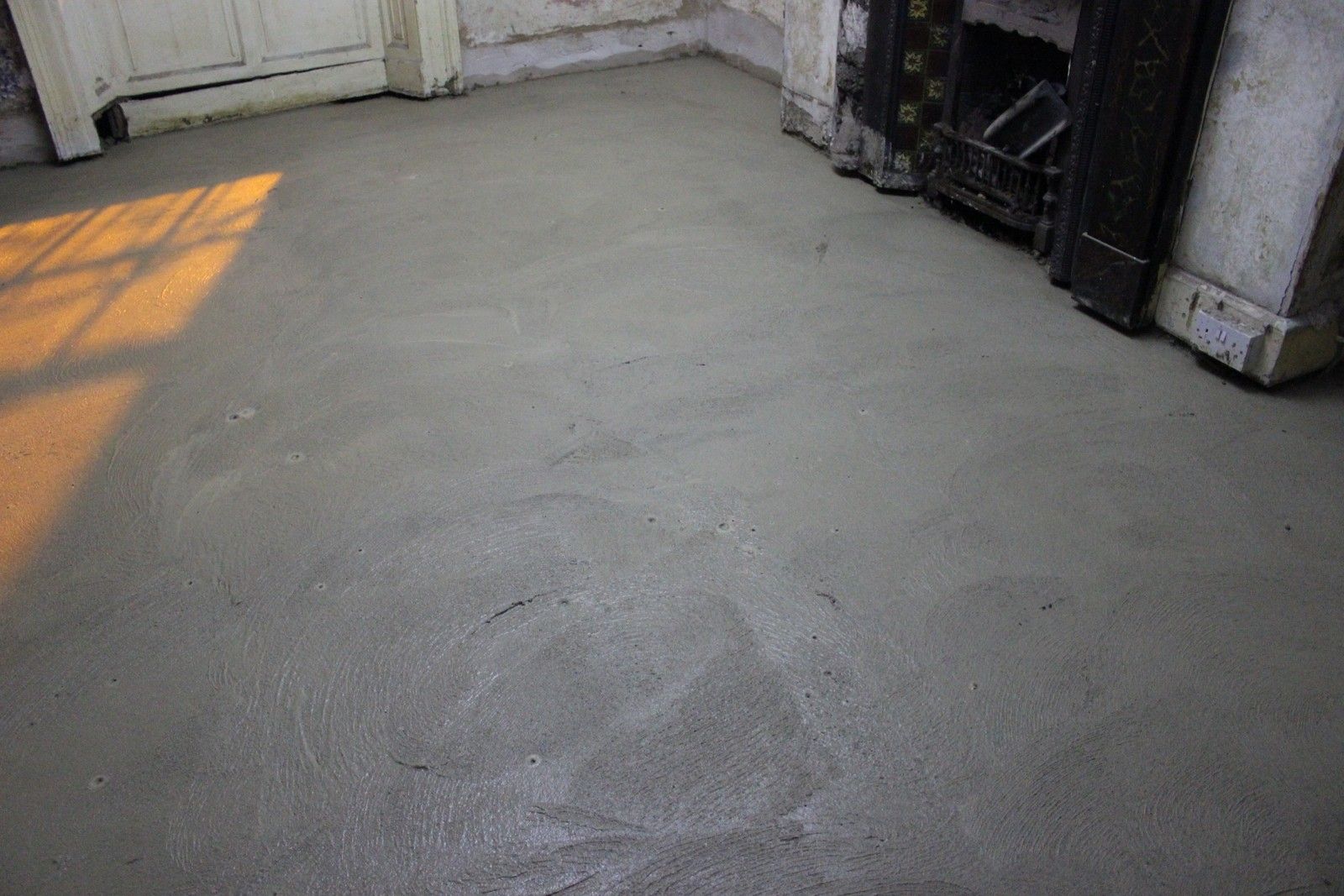
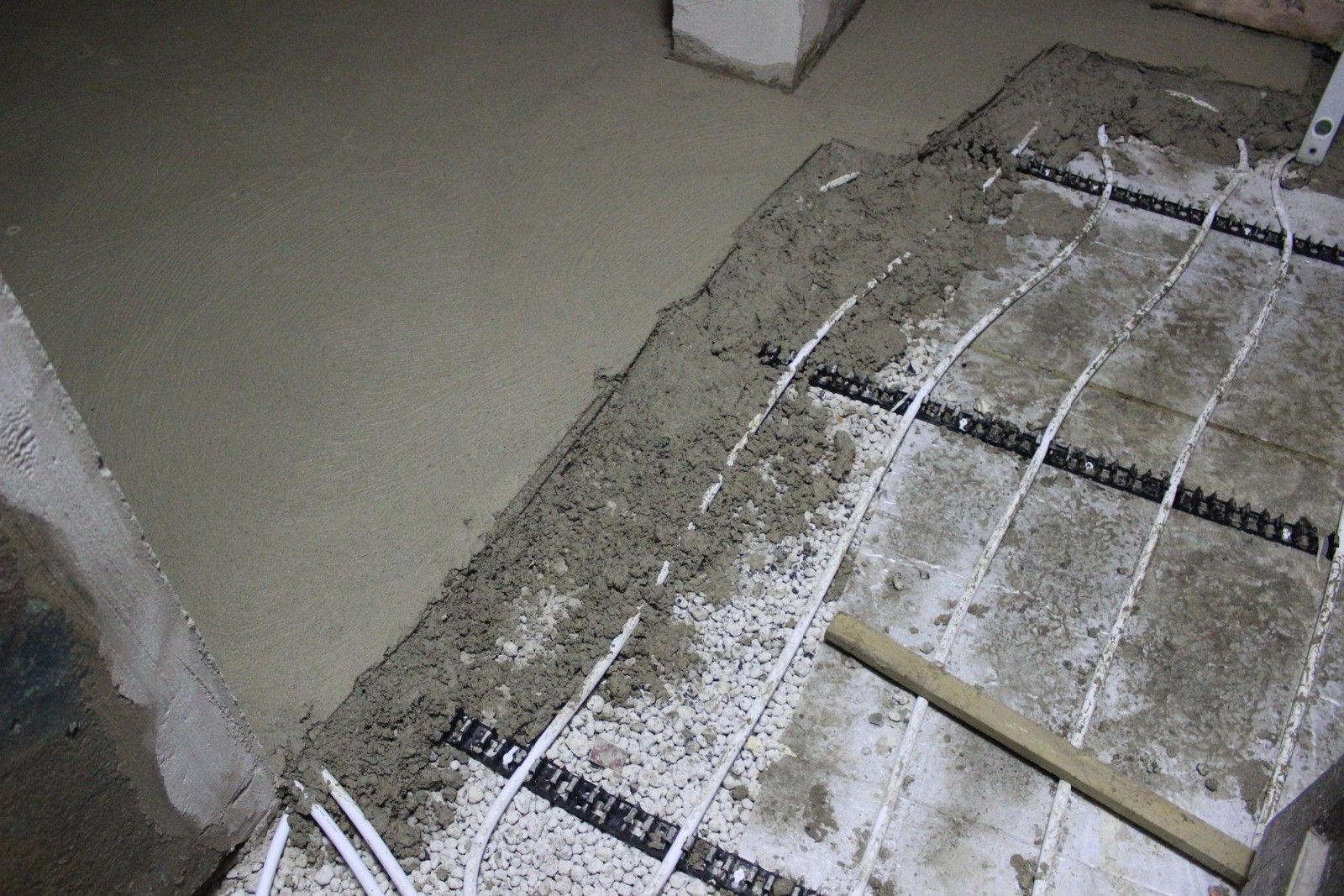
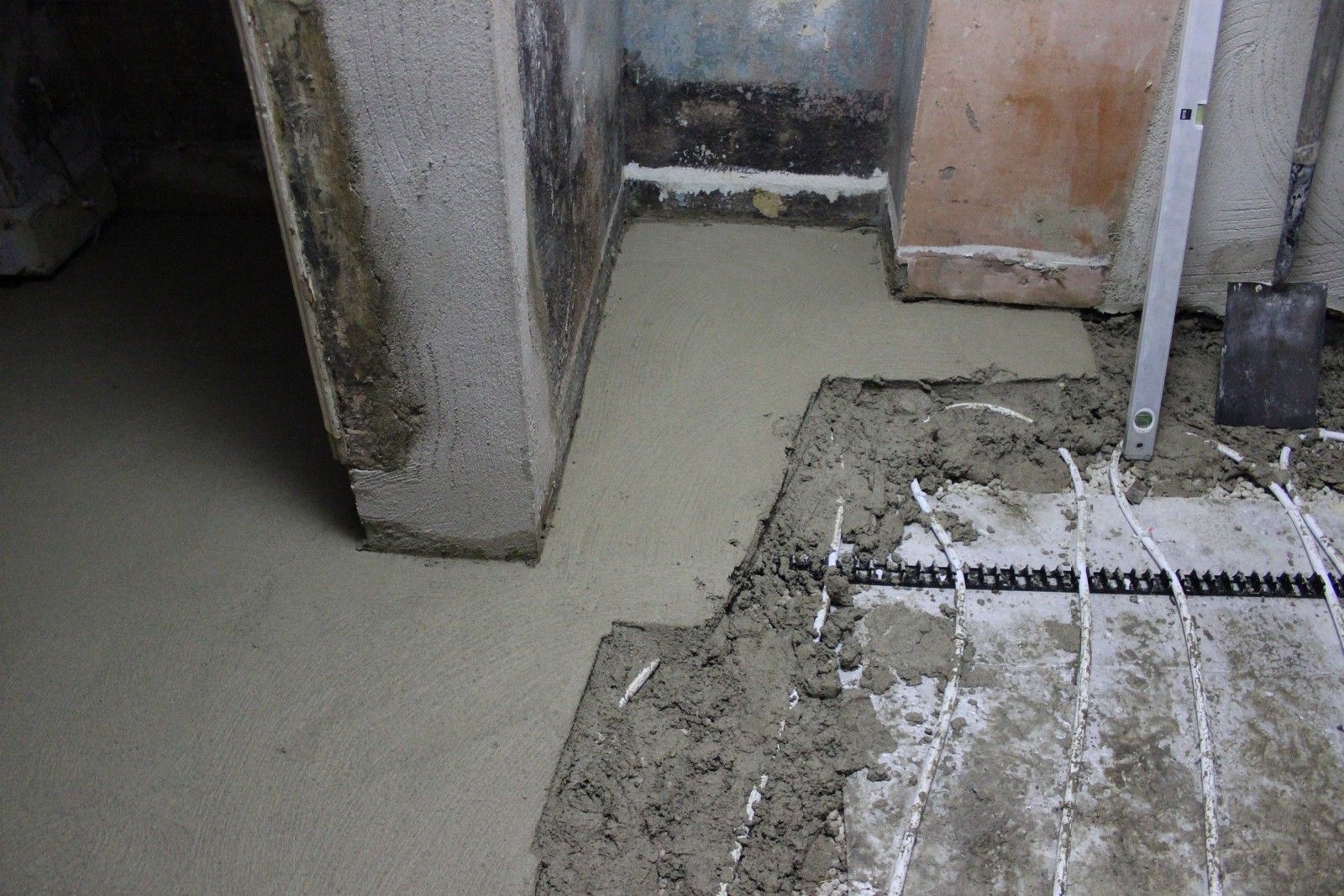
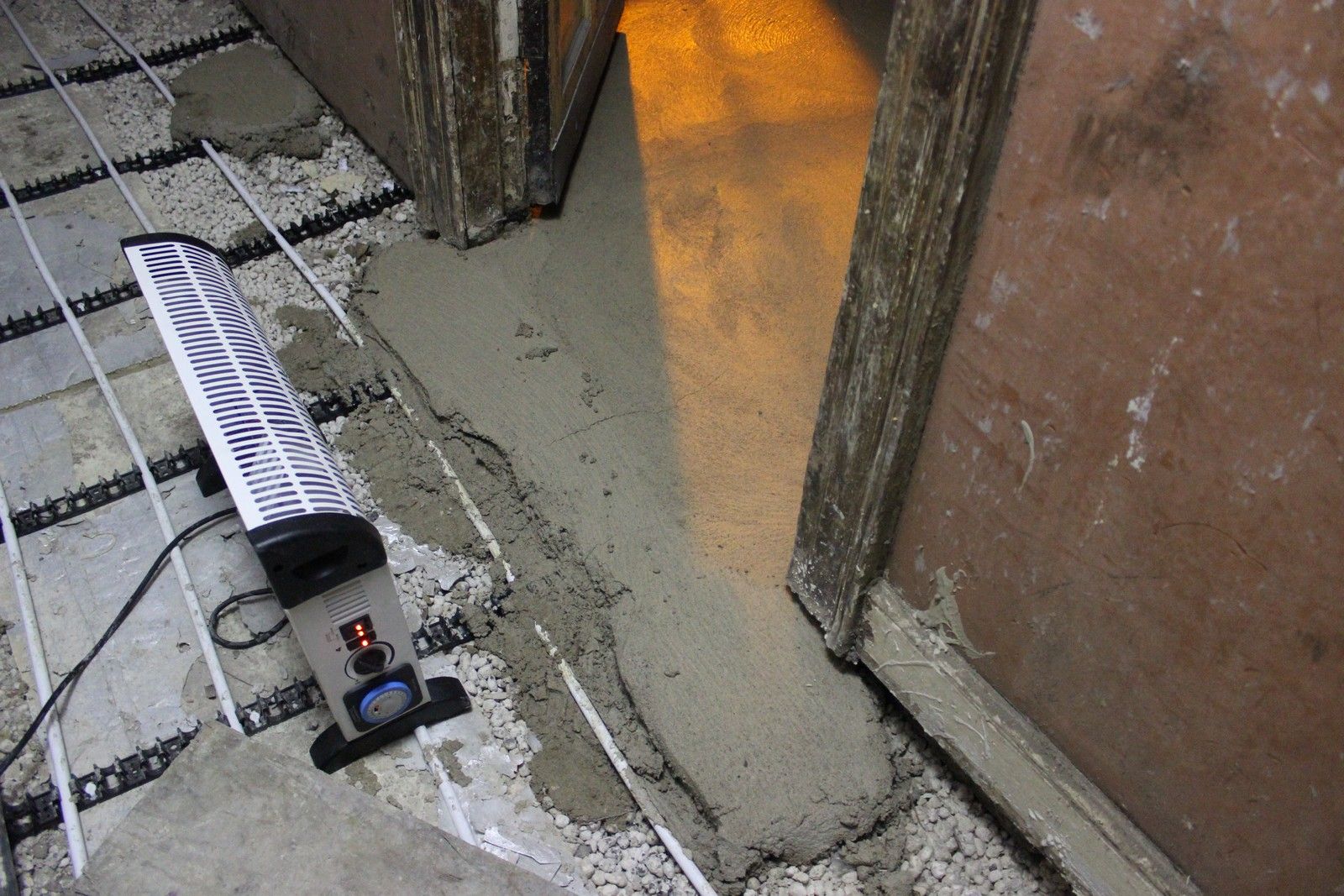
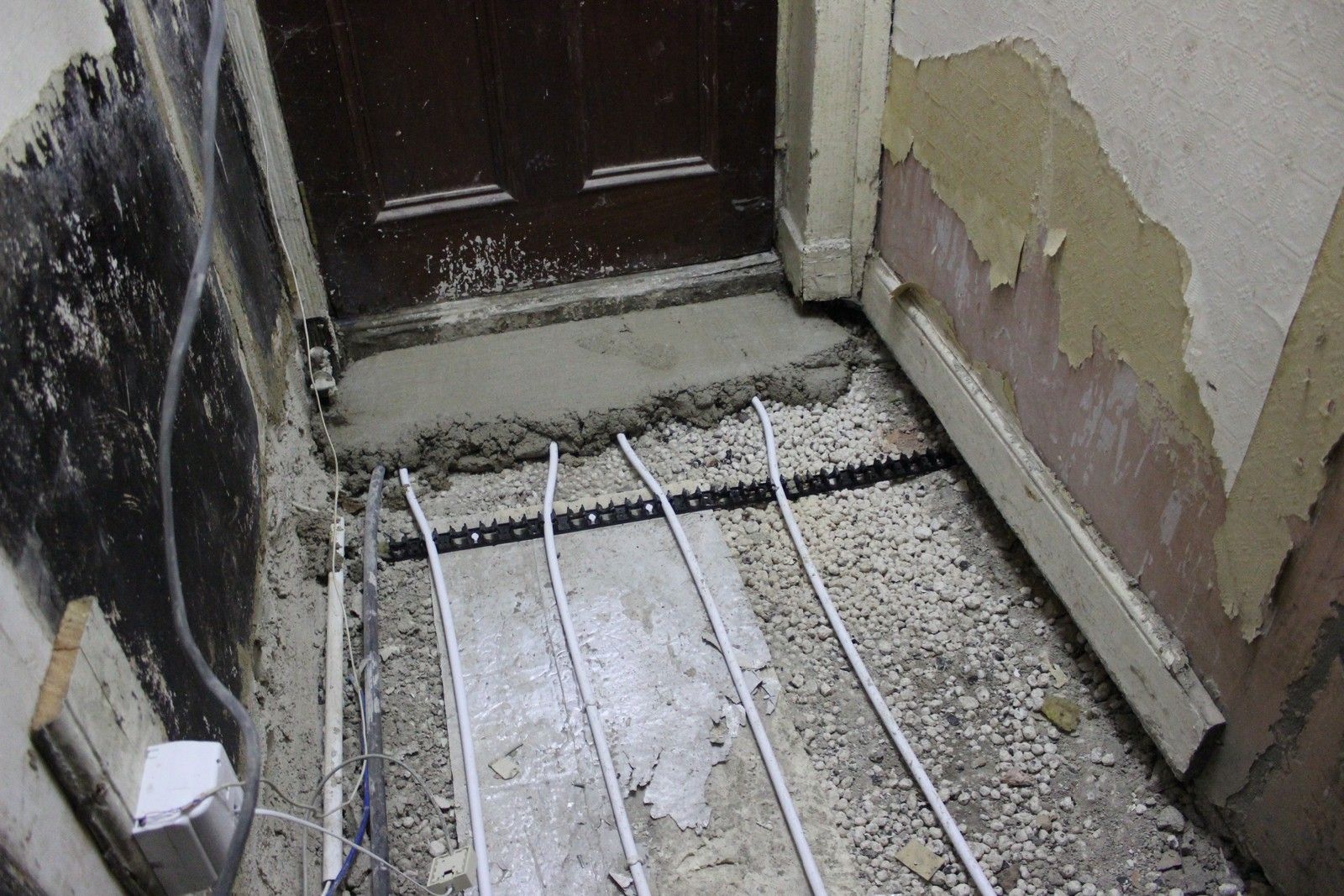
Hi Stephen,
ReplyDeleteCame across your blog while searching for a glazing bar detail. Well done on all your great work - the quality of the workmanship is already evident in the photos! In the pre-planning stage of a renovation project for a late 19th century 4 story over basement in Dublin - very interested by your floor! Is there a sub-slab (pumice stone aggregate?) or have you gone down directly on hardcore?
Hi Bill.
DeleteThanks for the interest and best of luck with your project in Dublin!
You'll see exactly what it's comprised of here: http://georgianrenovation.blogspot.ie/2014_03_01_archive.html
It has Leca Insufill poured directly on to the soil, with a concrete slab then poured on top (just in the center of each room). A limecrete slab is then created around the center concrete slab to allow breath ability of the soil.